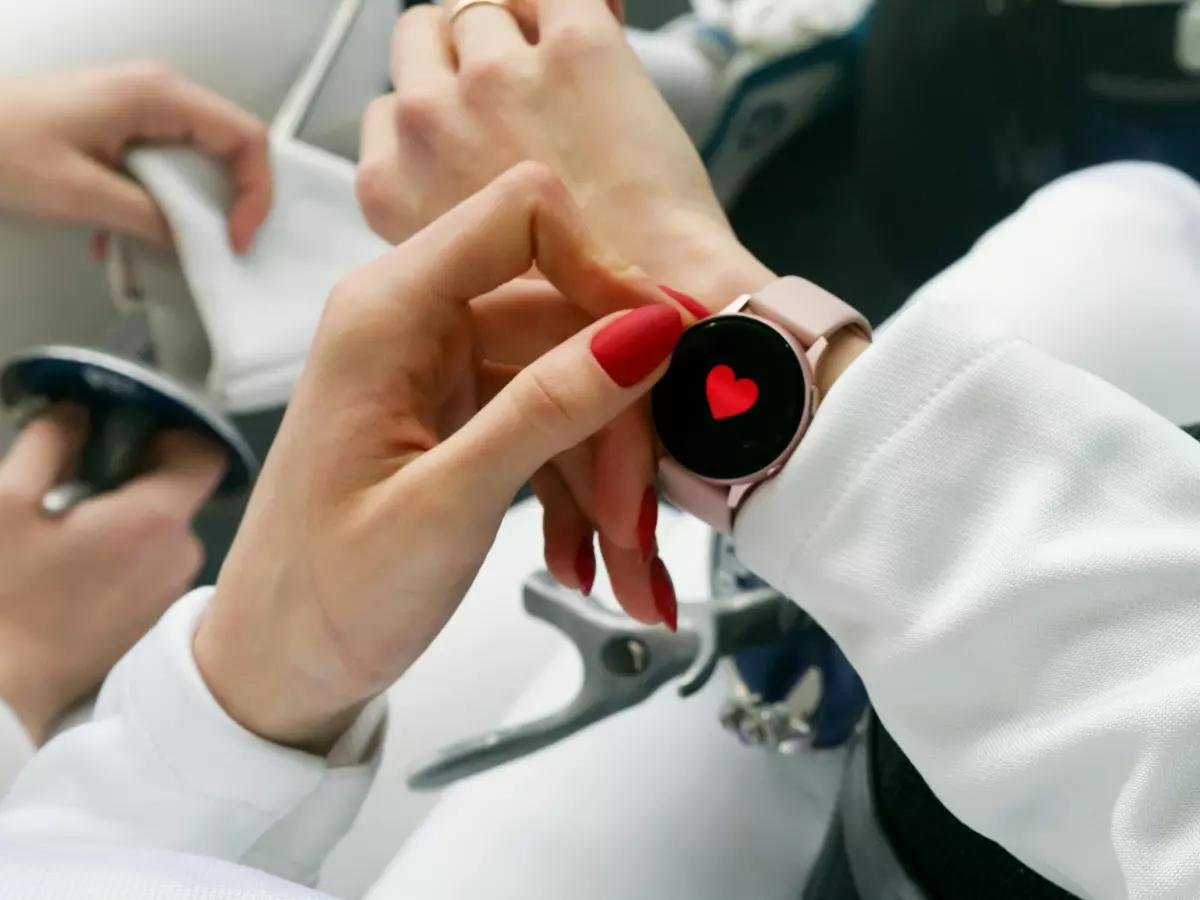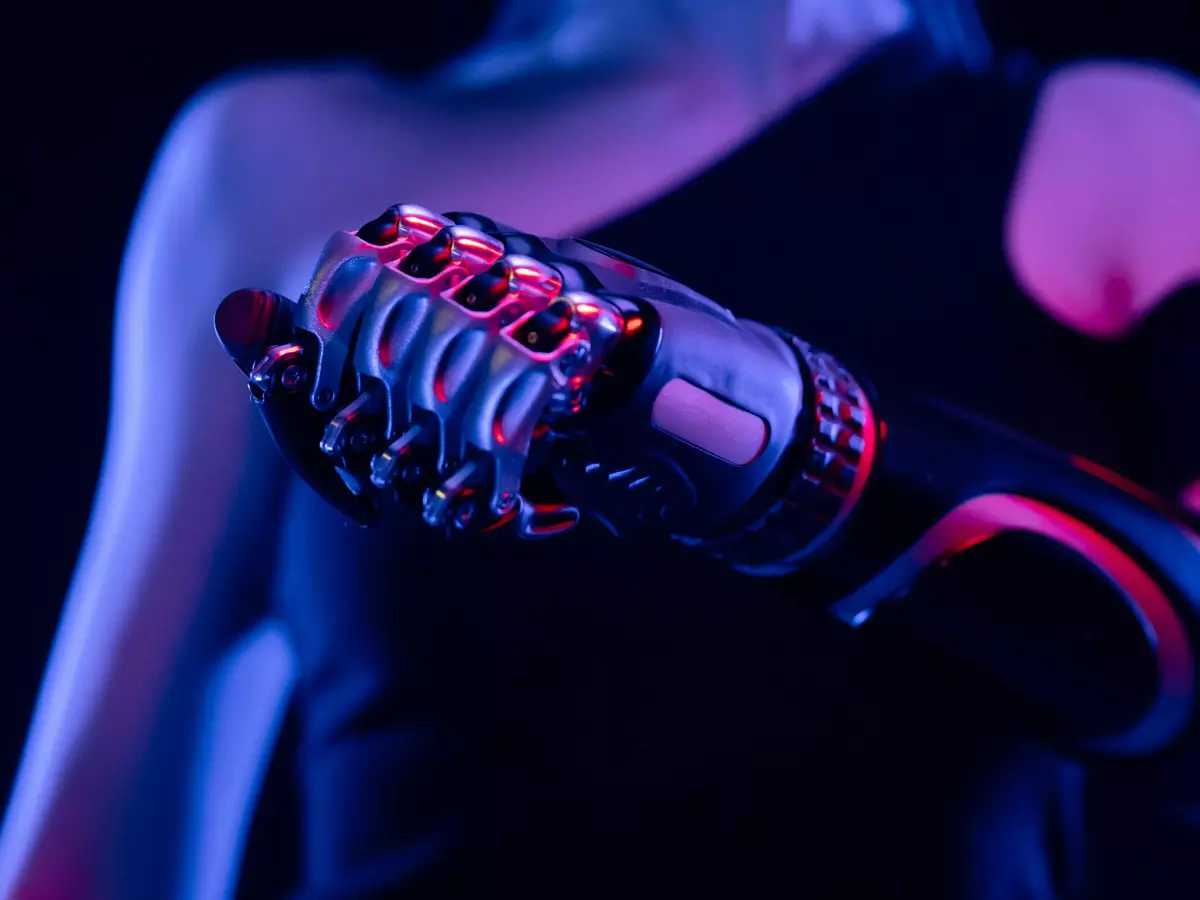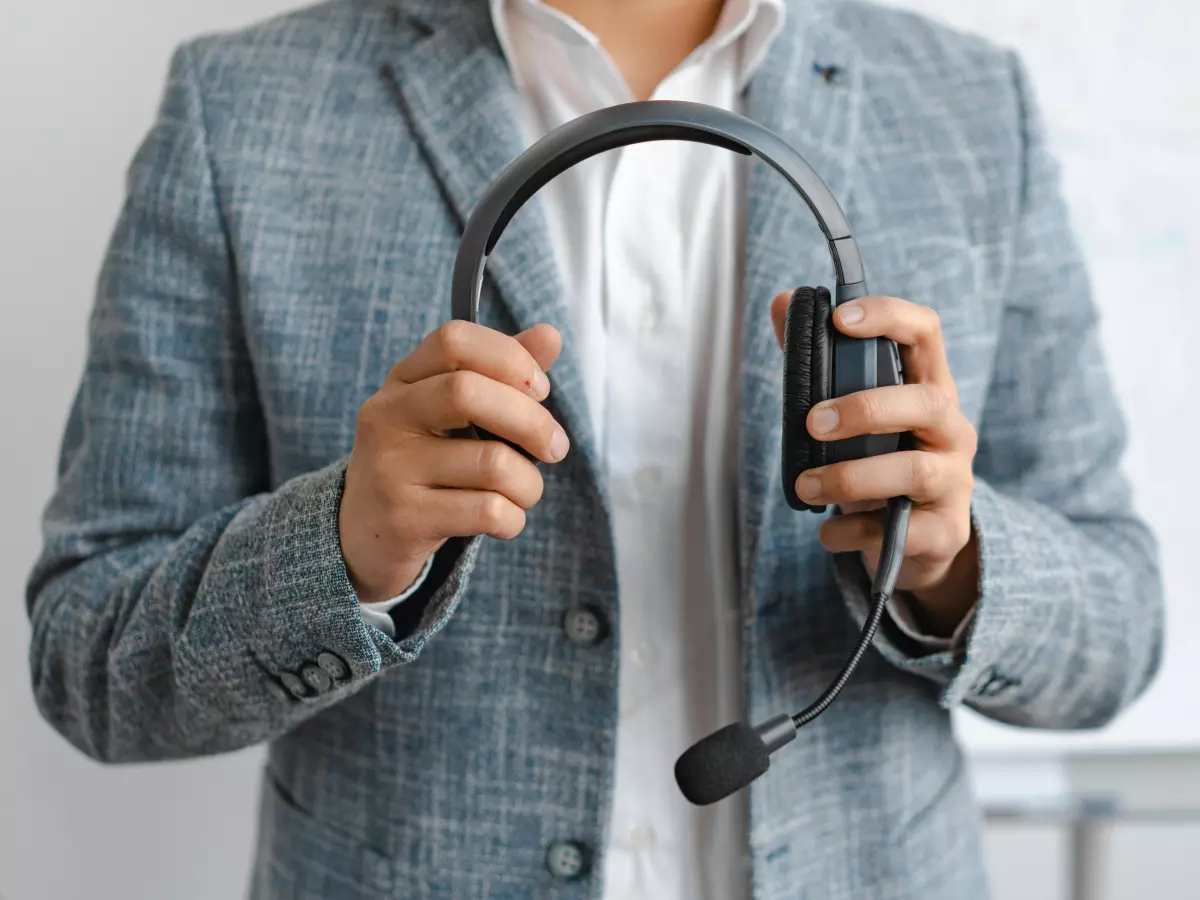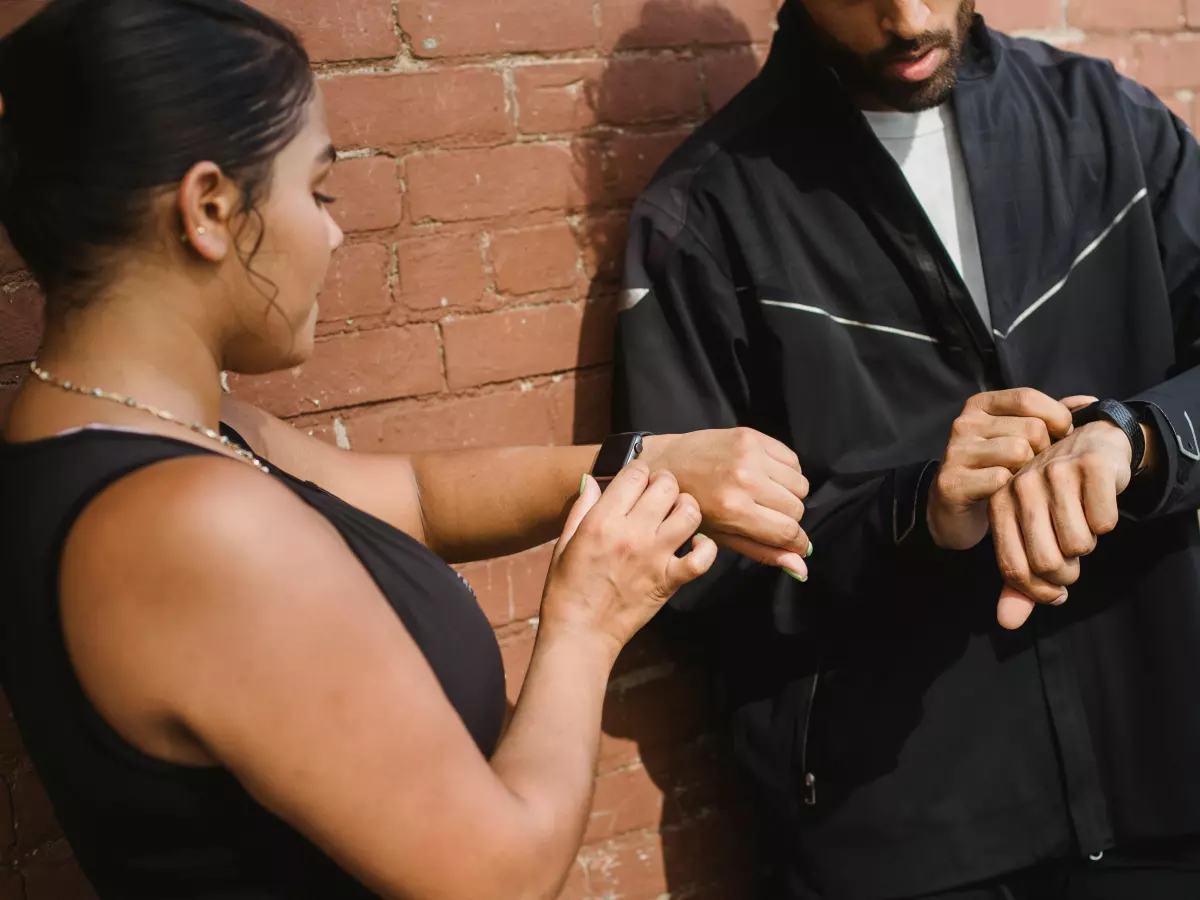Smart Sensors, Longer Life
You’re halfway through your day, and your wearable is still going strong. But how? It’s not just magic—it’s the sensors working in harmony with the battery.
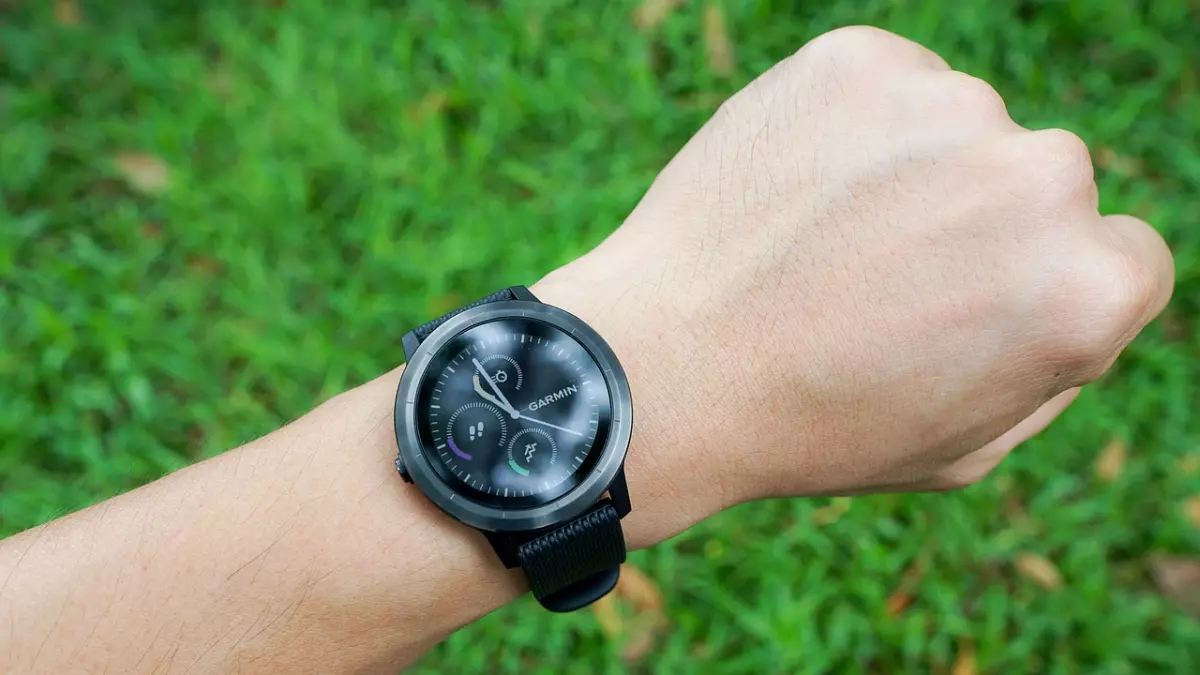
By James Sullivan
Let’s talk about sensors. You probably know that your wearable is packed with them—accelerometers, gyroscopes, heart rate monitors, and more. But what you might not realize is that these sensors are doing more than just tracking your steps or measuring your heart rate. They’re also playing a crucial role in how long your wearable lasts on a single charge.
Here’s the deal: sensors are energy-hungry little beasts. Every time they collect data, they use power. And when you’ve got multiple sensors running simultaneously, that power drain adds up fast. But modern wearables have gotten smart about this. They don’t just throw all the sensors on full blast all the time. Instead, they use clever software tricks to make sure the sensors are only active when they need to be.
What’s the secret sauce?
It’s all about sensor fusion. This is a fancy term for combining data from multiple sensors to get a more accurate picture of what’s happening. For example, instead of having the accelerometer and gyroscope running constantly, your wearable might use data from one sensor to predict when the other is needed. This way, the sensors aren’t wasting energy when they don’t have to.
Another trick is adaptive sampling. This means the sensors don’t collect data at a constant rate. Instead, they adjust how often they take measurements based on what you’re doing. If you’re sitting still, your wearable doesn’t need to check your heart rate every second. But if you’re in the middle of a workout, it might ramp up the sampling rate to give you more accurate data.
Software to the rescue
Of course, none of this would be possible without some serious software integration. The software in your wearable is constantly analyzing the data from the sensors and making decisions about when to turn them on or off. It’s like having a tiny, invisible manager inside your device, making sure everything runs smoothly without wasting energy.
And it’s not just about turning sensors on and off. The software also helps optimize the battery by managing how the data is processed. Instead of sending every single piece of data to the main processor, some wearables use a co-processor to handle the sensor data. This offloads some of the work from the main processor, saving even more battery life.
Battery tech is catching up
While sensors and software are doing their part to make your wearable last longer, battery technology itself is also improving. Newer wearables are using more efficient batteries that can store more energy in a smaller space. Some devices are even experimenting with alternative power sources, like solar charging or kinetic energy, to give you even more battery life without needing to plug in.
But here’s the kicker: no matter how good the battery tech gets, it’s the sensors and software working together that make the real difference. Without smart sensor management, even the best battery would drain too quickly to be useful in a wearable device.
The future of wearables
So, what’s next? As sensors get smaller and more efficient, we can expect wearables to become even more powerful without sacrificing battery life. Imagine a future where your wearable can track even more health metrics, like blood sugar levels or hydration, without needing to be charged every day.
And with advancements in AI, the software that manages these sensors will only get smarter. We’re already seeing wearables that can predict when you’re about to start a workout or when you’re about to fall asleep, adjusting the sensors and battery usage accordingly. The future of wearables is all about making them more intuitive, more efficient, and more integrated into our daily lives.
So the next time you glance at your wearable and notice it still has plenty of battery left, remember: it’s not just the battery doing the heavy lifting. It’s the sensors and software working together to keep you powered up and ready to go.
Fun fact: Some wearables can now last up to a week on a single charge thanks to these smart sensor and software integrations. That’s a huge leap from the early days of wearables, where you were lucky to get a full day of use!
